How to Maximize your Productivity by Lowering your Stress
Dry January is over already – where did it go? The start of a new year (a clean slate if you will)- a time of resolution and change. If January was your stepping stone for healthy habits, let me be your guide to the path of improved success.

I say, let 2021 be the year of working less, while accomplishing more with smarter action. This statement seems like an anomaly, or a promise that is too good to be true – surely one cannot do more by doing less?
Believe it or not, it is actually scientifically proven that overworking can decrease your levels of productivity. A study by Stanford professor, John Pencavel, found that productivity levels steadily decreased after 50 hours of working. This value plateaus to the point where productivity in a 70 hour work week matches that of a 55 hour work week.
Worst yet, your productivity is not the only declining metric. Finnish Institute of Occupational Health researcher, Marianna Virtanen, found that the stress of overworking can lead to serious long-term health impediments. Her research illustrates side-effects of heart disease, diabetes, and depression to name a few.
If this information is not enticing enough for you to stop overworking – let me shed some further light on the psychology of overworking. Employers do not realize that you overwork. Erin Reid of Boston University’s Questrom School of Business, studied managers to see if they could distinguish workers who worked 80 hours a week, from those who pretended to. Spoiler alert: they could not.
Now that you are convinced of the effects of overworking (and see the need to not overwork), you might be wondering how can I start becoming more productive without overworking?
One of the best ways to start is by scheduling your day. Furthermore, the way in which you schedule, makes a huge difference. A widely-praised schedule format is block scheduling, a method in which you dedicate large chunks of time to specific tasks allowing yourself sizable breaks in between.
For some, this method should seem vaguely familiar, the reason being that many primary and secondary schools have started to adapt to this format for their classes. As per the US AASA, The Superintendents School Association, block scheduling is shown to increase students’ grades by allowing them to be more productive. The magic behind this is that you essentially trick your brain into getting tasks done and focusing by creating time limits.
For example, if you need to complete a lengthy task such as a report, set aside two or three hours each day with two or three 15 minute breaks in between. During your “working periods” seriously work, solely focus on your task and do not allow yourself to get distracted. During the breaks, however, you must solely focus on yourself – do not allow yourself to think about or work on your task. Do some exercise, eat or drink something healthy, break from electronic screens and have fun with a favourite hobby such as playing a musical instrument.
By breaking up the task into hour blocks, your brain will not be overwhelmed as you will only be working for one hour at a time – which definitely feels more manageable than working for five hours and spontaneously taking breaks in between.
In block scheduling your work day, you will definitely complete more work than you would naturally, therefore you can shorten your working hours and schedule more personal time.
However, it should be noted that the key to success when utilizing the schedule is commitment. You need to not merely plan out your day on your schedule, and forget about it. Instead, you must strictly follow the schedule and have the desire to want to follow it.
In other words, this February cocktail performance recipe must be precisely followed in order to be fully enjoyed. It is best paired with a dish of dedication and side of persistence.





